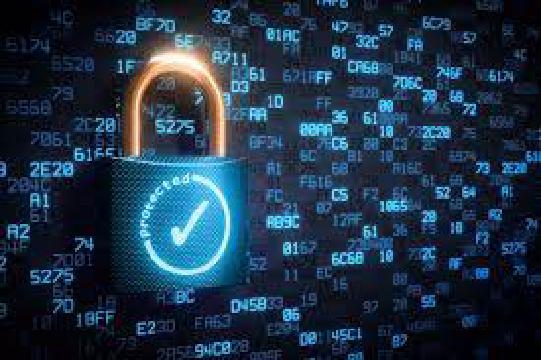Excerpt§
This blog post delves into the question of whether two different hashes can be the same, exploring the properties of hash functions, collisions, and different hashing algorithms. Understanding this concept is crucial in computer science and cryptography.
Hashes play a fundamental role in computer science and cybersecurity. But can two different inputs produce the same hash value? This blog dives into the properties of hash functions and the likelihood of collisions to explain this phenomenon.
Introduction to Hashes§
A hash function takes an input like a text string and calculates a fixed size hash value or digest from it. Hashes have wide applications including:
- Hash tables for quick lookups
- Verifying data integrity
- Password storage
- Digital signatures
Hash functions possess certain key characteristics:
- They are deterministic - the same input always gives the same output
- They are one-way - the input cannot be derived from the hash
- Even small changes in input produce very different hashes
But can two different inputs generate identical hash values? Let’s find out.
Understanding Hash Collisions§
A hash collision occurs when two different inputs produce the same hash value. This is possible because hash functions map arbitrary inputs to a fixed size output.
For example, an MD5 hash is 128 bits long. It compresses all possible inputs into just 2^128 potential values. Given a large enough set of random inputs, collisions become inevitable based on the birthday paradox.
Collisions indicate weakness in a hash function and the ability to intentionally craft inputs with the same hashes. Various real-world algorithm like MD5 and SHA-1 have demonstrated collisions.
Likelihood of Collisions§
The probability of accidental hash collisions depends on:
- Digest size - More bits means lower chances of collision
- Inputs size - Larger input domains increase chances
- Randomness of inputs - Predictable inputs increase collision likelihood
- Hash algorithm design - Some algorithms are more prone to collisions
For cryptographic hashes like SHA-256 with 256-bit outputs, accidental collisions are extremely unlikely with proper random inputs. But intentionally crafted inputs can still produce collisions which highlights the need for stronger algorithms like SHA-3.
Can Two Different Hashes Be Equal?§
Given the astronomical scale of possible inputs for secure hashes, accidental equality of two different hashes is practically impossible.
However, intentionally creating two different messages with the same hash is achievable by analyzing vulnerabilities in outdated algorithms like MD5.
So while highly improbable by chance, different inputs generating equal hashes is still possible due to:
- Weaknesses in older hashing algorithms
- Maliciously crafted input messages
- Insufficient digest sizes
Equality of two different hashes generally indicates either a flawed algorithm or malicious tampering rather than chance.
Conclusion§
In summary, while highly unlikely by accident, different inputs can produce equal hashes under certain conditions. Weaknesses in the hash algorithm, intentional tampering or insufficient digest sizes increase the odds. For mission critical systems, using the latest cryptographic hash functions with larger digests minimizes the risk significantly. Properly implemented hashes make collisions virtually impossible but continued evolution of hashing is needed to counter new threats.















